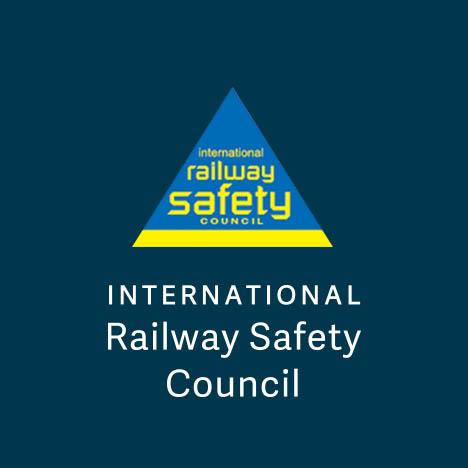PRASA mandate is to transport passengers from communities to work throughout the City and industrial areas. It is very important for the trains to be on time at all times to keep and attract more customers to use the railway mode of transport. This would assist in improving the economy of the country since the Western Cape railway lines interconnect all the communities to areas of work opportunities and it is relatively affordable when compared to other modes of transport. To have a reliable traction network, the system has to have proper maintenance processes to prevent potential failures. In this research, different types of potential failures in the system will be analyzed and ranked according to their impact on the system i.e. how they affect the running of trains and the faults per corridor/section will be categorized. Considering the substations and overhead track equipment, the major faults that heavily affect the trains are pantograph hook ups and catenary burn-ups as opposed to substation faults since the substations are mostly double unit substations. Potential root causes for failures would be analyzed and suitable solutions would be proposed for implementation. The data management information system (MIS) would be used for analyzing the fault history of the network and data loggers will be used to monitor different parameters at the substations and on the load side for analysis. The research would be looking at the repair crewÕs response time to faults, the time taken to repair each fault and the time recorded between faults. These indicators would be used to determine the reliability of the network and the probability of failures per section. An extension of the existing 33 kV AC network would be investigated for possible reliability improvement.
This paper would also consider the impact of the power quality of the network on the reliability of the equipment in the system. Measurements would be taken at the substations and on the load (train) side and compared. This would show the impact of the load on the substations or vice versa and it would also show the losses on the overhead wires. The measured data would assist in understanding the network behavior i.e. the impact of wave filters on the DC output as well as the impact of track switches on power quality. Fault path indicators would be used to monitor faults and quickly isolate to reduce power failures and repair time. Energy meters are also used for the monitoring of faults to effectively improve reliability.

